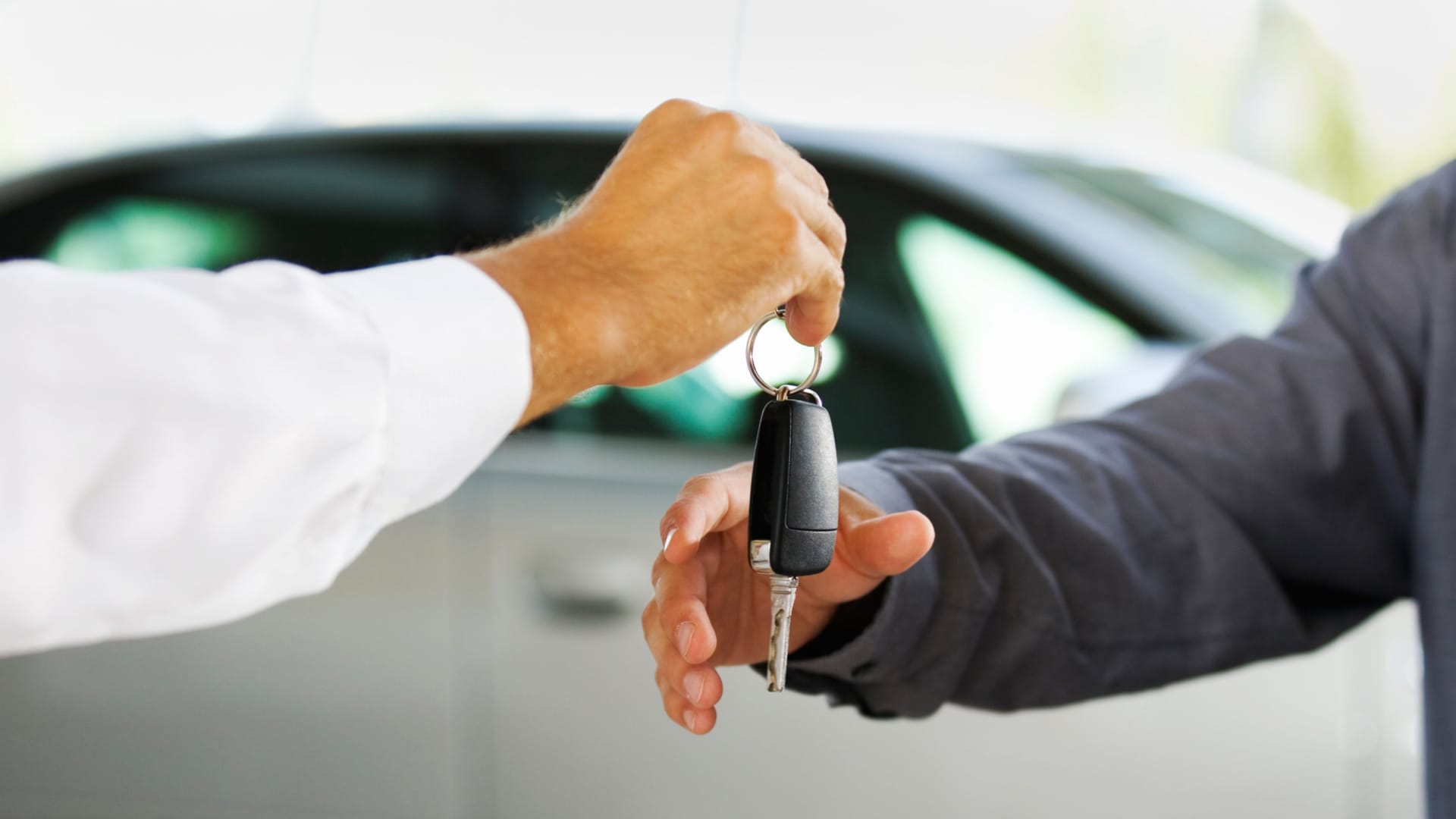Rising interest rates are pushing auto loan rates upwards for both new and used cars across the U.S.
The average annual percentage rate for new cars rose 7.1%, in the second quarter of the year, according to car website Edmunds, while that for used cars ticked up 11%.
Thus, shoppers opting for preowned vehicles end up paying more on car payments in the long run.
“If you’re financing a used car at 11% for six-seven years, after a couple years that car is not worth anything, so people are just paying for money,” said Joseph Yoon, a consumer insights analyst at Edmunds. “[This is] the big issue at the moment.”
States with highest interest rates for used cars
The average APR a person gets relates to their credit score, according to Tom McParland, a contributing writer for automotive website Jalopnik. “If you have good credit, you get lower interest rates,” he said. “If you have poor credit, you’re going to get higher interest rates.”
Interest rates on used cars currently are the highest in Alabama, Georgia, Louisiana, Mississippi, Nevada, New Mexico, Ohio, South Carolina and West Virginia.
These also happen to be states where there’s a greater population of people financially struggling, said McParland, who is an operator of vehicle-buying service Automatch Consulting. Indeed, all but Ohio and New Mexico figured among the bottom 10 on a recent list of states with the best and worst average credit scores from WalletHub.
More from Personal Finance:
Massachusetts health-care workers get student loan forgiveness
Here’s why property taxes vary so much from city to city
Why you shouldn’t borrow for your wedding
“You’re going to have a higher likelihood of those people that don’t have strong credit scores,” he said.
The longevity risk associated with used cars is yet another factor driving up interest rates for car shoppers, Yoon said.
People forced into buying cars that are older than they expected could run into more problems in the next five to seven years, he added.
“Even if you buy the most reliable vehicle in the world, once it reaches 100,000 miles, it’s going to cost you … in preventative maintenance,” Yoon said. “Things break or wear out.”
Car repair costs are also rising, adding to maintenance woes for drivers of used vehicles. Common car repairs can run consumers $500 to $600 a visit and are sometimes “much higher,” according to AAA.
“I think a lot of these car buyers that were forced into unfavorable situations are going to find themselves in worse situations in a couple years,” Yoon said.
What to do if you had to buy a used car
Make sure you pay off the loan on a used car as soon as possible, advised Yoon. By shortening the length of the loan, owners save money on interest.
Also, don’t skimp on preventive maintenance for your car; make sure you take the vehicle for its recommended routine inspections and don’t skip out on oil changes.
“I can guarantee that it’s always cheaper to fix it before it breaks,” Yoon said.
Finally, listen to your mechanic if they notice something; if you are wary about their recommendations, you can gut-check by asking for a second opinion from a different shop.
“You bought this car believing it will last you … at least the length of your loan term payment, so you want to keep it on the road as long as possible,” Yoon said. “The best way to do that is to be proactive with the maintenance — not reactive.”
